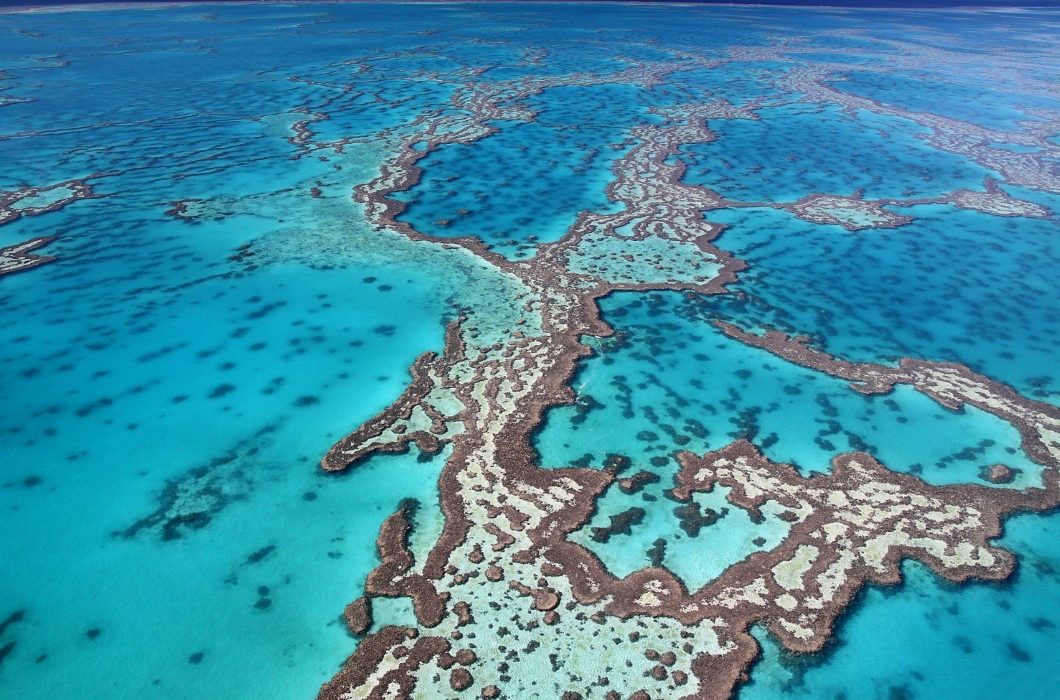
You might also like:
Every year, more than two million tourists armed with masks and snorkels visit the Great Barrier Reef, which is the largest coral reef in the world. They spend the equivalent of 3.7 billion euros and provide work for 64,000 people.
However, rising water temperatures due to global warming have damaged the reef, which has been affected by severe bleaching episodes. The tourism industry is concerned about the impact on the number of visitors.
However, the Research Centre on Reefs and Rainforests has just came up with a surprise in a report announcing “significant signs of regeneration” in the main diving spots around Cairns.
The report, which generated enthusiastic press coverage, deliberately contradicted a host of recent disturbing studies on the state of the Great Barrier Reef.
“We need to show that it is not the entire reef that has become an aquatic desert,” says Col McKenzie of the Maritime Park Tourism Operators Association (MPTA), who contributed to the report.
“Overall, we are witnessing a decrease in attendance due to bad publicity,” he said. “There’s no doubt about it.”
According to him, the number of visitors to the coral reefs and islands fell by 10% in 2017 compared to the previous year, and this figure is expected to fall by a further 15% this year.
Government figures contradict these data, showing an increase in the number of tourists travelling to the wider region but these data are dated and do not take into account coral-related activities (diving etc…).
For Mr. McKenzie, it is vital to convey the message that some areas of the huge ecosystem are still full of life and color.
His comments are the latest illustration of the struggle between environmentalists and an industry facing the new realities of the Great Barrier Reef.
While some corals recover their color after a few months, others need a decade to recover, says Professor Terry Hughes of James Cook University, who leads the coral bleaching studies.
Bleaching occurs under pressure from factors such as warming. Stressed corals expel algae with which they have a symbiotic relationship, and which give them the color and energy.
“It’s still very early,” says Professor Hughes. “We are in year one for the middle of the reef, year two for the northern part, in a ten-year healing process.
According to the Australian Institute of Marine Science, a public institution, coral reef cover “has continued to decline over the past four years due to the cumulative effect of severe and multiple disturbances”.

Conflicting interests
In addition to the risk associated with extreme surface water temperatures – some areas being more exposed than others – the Great Barrier Reef is threatened by agricultural runoff, economic development and severe tropical cyclones, the Institute continues.
The purple acanthaster, an invasive sea star, also known as a “crown of thorns” or “mother-in-law cushion”, also eats corals.
Within the government itself, different interests clash. Canberra has so far succeeded in preventing UNESCO from including the Great Barrier Reef in the list of heritage in danger, which would have harmful consequences for tourism.
The government has allocated €1.2 billion to protect the site. But at the same time, it is supporting a huge coal mine project near the Great Barrier Reef of the Indian group Adani. Canberra has also waived the Paris Agreement’s greenhouse gas emission reduction targets in law.
The Australians themselves are not united. Only 50% believe that climate change has already caused destruction on the Great Barrier Reef, according to an annual Ipsos survey on these issues.
In the meantime, scientists are on the alert to study reef variations. “We are in a critical period of recovery,” says Professor Hughes. “The unknown, of course, is the possibility of another bleaching episode. If we have a heat wave, it could happen early next year.”
Source: tourism-review.com
